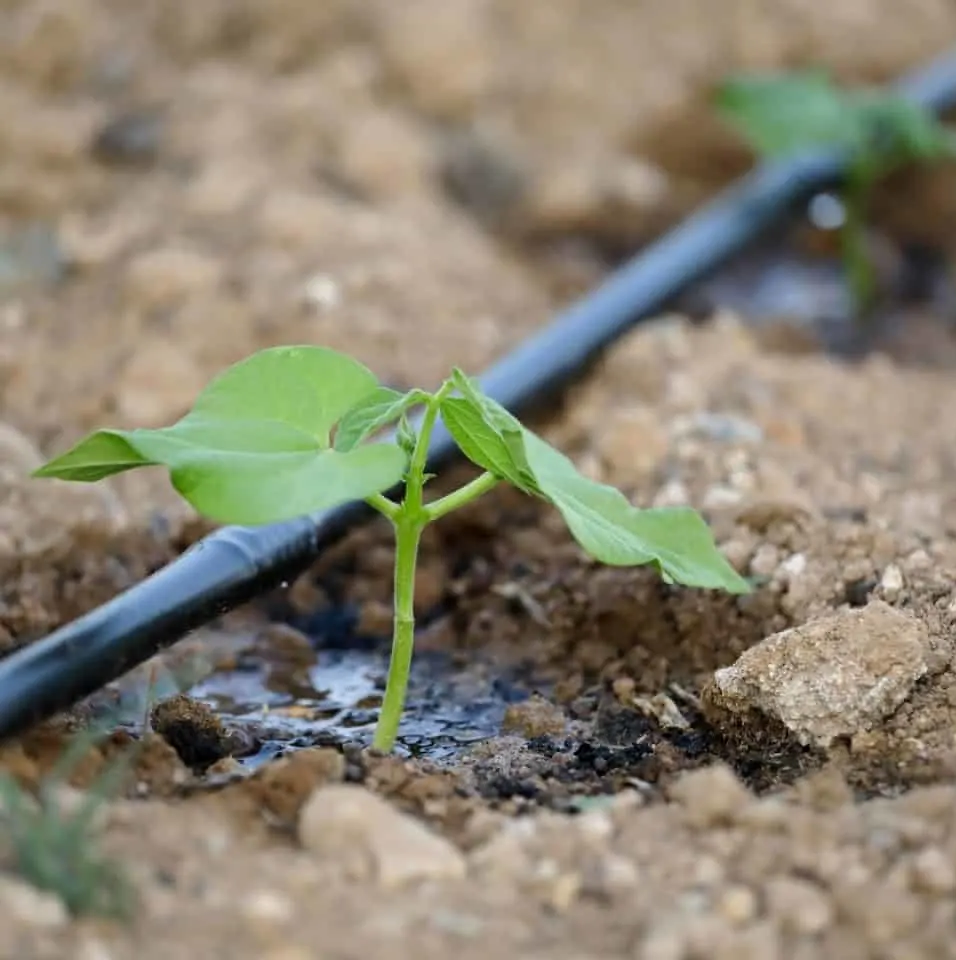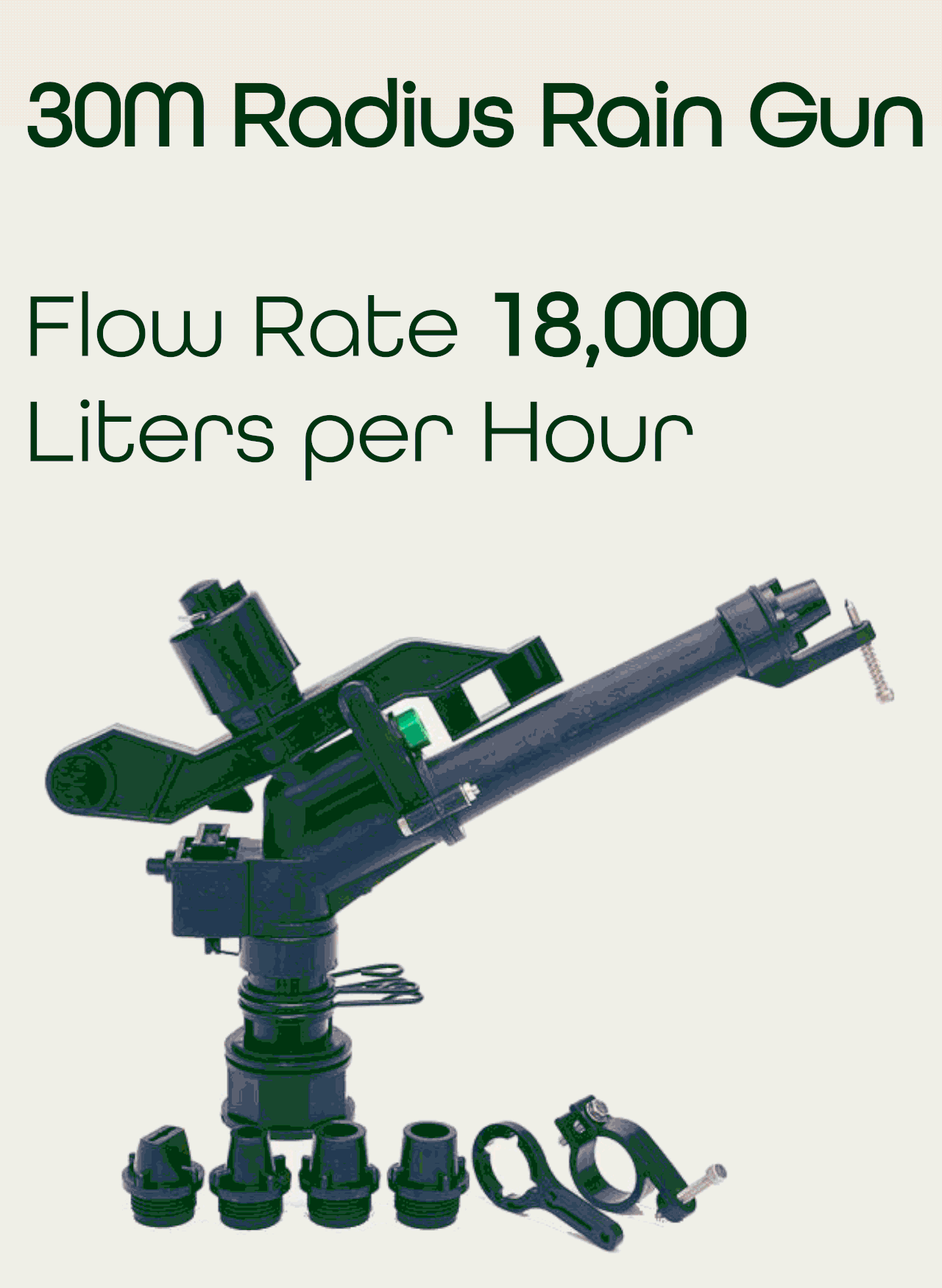
Get the Best Outcome with Drip Irrigation in Kenya
Drip irrigation in Kenya is a method of irrigating crops by delivering water directly to the roots of the plants in the form of a slow, steady drip. This method of irrigation is increasingly being used in Kenya, due to its numerous benefits. Drip irrigation is a more efficient and cost-effective way to water crops than traditional methods, as it allows for better control over the amount of water and nutrients delivered to the plants.
In addition, drip irrigation has the potential to reduce water usage, as it delivers water only to the plants that need it, while also reducing nutrient runoff and soil erosion. Costs The cost of installing a drip irrigation system in Kenya can vary greatly depending on the size of the area to be irrigated and the type of system used. The initial cost of installing an acre of drip irrigation can range from Ksh 120,000 to Ksh 150,000 depending on the complexity of the system.
How to Install Drip Irrigation In order to install a drip irrigation system in Kenya, the necessary materials need to be gathered. These materials include drip irrigation lines, emitters, filters, pipe connectors, and pressure regulators. Once the materials have been gathered, the next step is to find a qualified installer to install the system. Alternatively, if a qualified installer is not available, a homeowner can install the system themselves, although some knowledge of plumbing and irrigation is necessary.
Drip irrigation is an effective and cost-efficient way to water crops in Kenya, as it allows for better control over the amount of water and nutrients delivered to the plants. The initial cost of installing an acre of drip irrigation can range from Ksh 120,000 to Ksh 150,000, while the operating costs are relatively low.
Additionally, the installation process is relatively straightforward and can be done by a qualified installer or by the homeowner themselves, depending on their knowledge and experience. Overall, using drip irrigation in Kenya is a great way to save water and money, while also reducing nutrient runoff and soil erosion.

